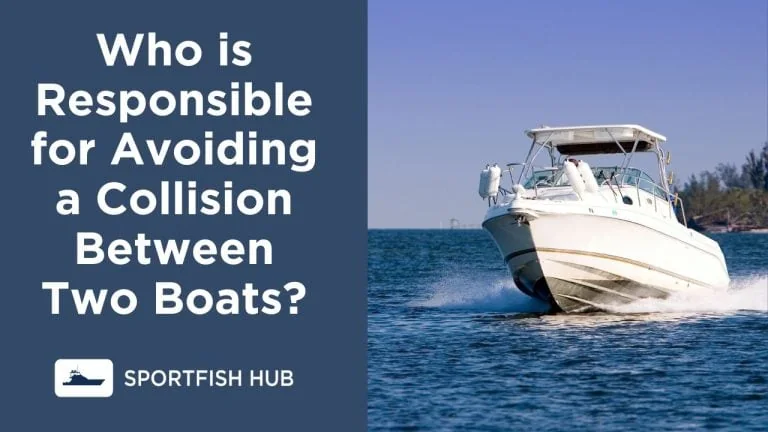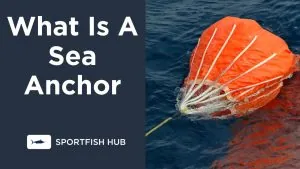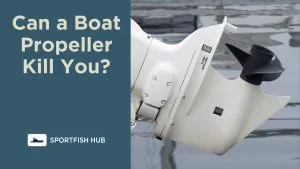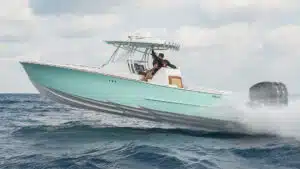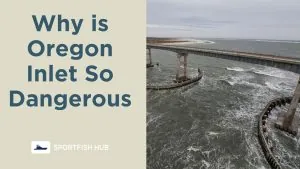When it comes to boating, safety is paramount. One of the key aspects of maritime safety is understanding who is responsible for avoiding a collision between two boats.
This article delves into the rules and regulations that govern such situations, providing a comprehensive guide for both recreational boaters and professional mariners.
Understanding the COLREGS
The International Regulations for Preventing Collisions at Sea (COLREGS) is a set of rules established by the International Maritime Organization (IMO). These rules dictate how vessels should interact to prevent collisions on the water. Understanding and adhering to the COLREGS is crucial for all boat operators.
Stand-On and Give-Way Vessels
In the context of boat collisions, two key terms are often used: “stand-on” and “give-way”. The stand-on vessel is the one that should maintain its course and speed, while the give-way vessel is the one that must take action to avoid a collision.
Types of Encounters
There are three main types of encounters on the water: overtaking, crossing, and meeting. In an overtaking situation, the vessel coming from behind is the give-way vessel and must maneuver to avoid a collision. In a crossing situation, the vessel on the other’s starboard (right) side is the give-way vessel. In a meeting situation, both vessels are required to alter their course to the starboard to pass on the port (left) side of each other.
Vessel Types and Responsibilities
Different types of vessels have different responsibilities. Power-driven vessels, sailing vessels, vessels engaged in fishing, and vessels constrained by their draft all have specific rules they must follow. Understanding these rules and how they apply to your vessel is crucial.
Maneuvering and Restricted Visibility
In situations of restricted visibility, such as fog or heavy rain, extra precautions must be taken. All vessels should proceed at a safe speed and have their engines ready for immediate maneuvering.
Conclusion
Understanding who is responsible for avoiding a collision between two boats is a fundamental aspect of maritime safety. By familiarizing yourself with the COLREGS and the rules of navigation, you can ensure a safe and enjoyable time on the water.

